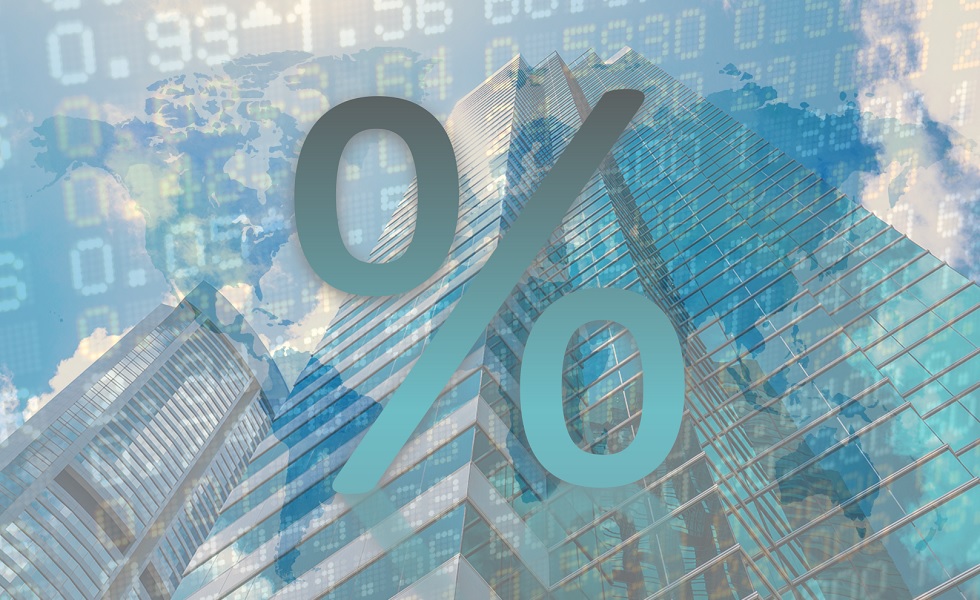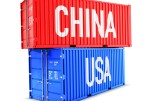AON: Coverage ratios recover from trade war
AON: Coverage ratios recover from trade war

The indicative average funding ratio of Dutch pension funds rose from 116% to 122% in May. This means that the funding ratio is now above the level it was at before the trade war. Equities posted good returns in May and the rise in interest rates led to a decrease in liabilities. This resulted in a substantial increase in the funding ratio. The indicative policy coverage ratio, based on the average coverage ratio over the past twelve months, remained stable at 118% in May. This is evident from Aon's Pension Thermometer, which tracks the average coverage ratio on a daily basis.
Further recovery of shares due to trade agreements
The mood on financial markets improved during May. This was caused by various trade agreements. The United States (US) concluded its first trade agreement with the United Kingdom. The US and China reached an agreement to reduce mutual tariffs to 10% for a period of 90 days. Trump initially threatened to impose a 50% tariff on the European Union (EU), but later postponed this after agreeing to serious negotiations. In addition, the EU-UK deal restores post-Brexit ties with a twelve-year extension of EU access to British waters and also covers other areas of cooperation.
Meanwhile, the US central bank (Fed) has once again kept interest rates stable, much to the chagrin of Trump, who is calling for lower rates. The Bank of England has cut interest rates by 0.25% to 4.25% and the European Central Bank (ECB) is expected to cut rates by 0.25% in early June.
Donald Trump's “One, Big Beautiful Bill Act” was narrowly passed by the House of Representatives and will now go to the Senate, with tax cuts and spending cuts on Medicaid and other programmes. Together with Moody's downgrade of the US credit rating to Aa1, this shifts investors' focus to the financial sustainability of US government debt. This is affecting the US interest rate market and also undermining the status of the US dollar as a reserve currency.
Equities rose throughout the month. Globally, developed market equities rose by 5.9% and emerging markets rose by 4.4%. Inflation figures remained unchanged at the high end. This led to somewhat higher capital market interest rates, causing the total fixed income portfolio to fall by 1.6%. Nevertheless, credits (0.5%), high yield (1.5%) and emerging market debt (0.5%) benefited from the positive sentiment with positive returns. The total return of the portfolio was 2.9%.
Interest rates rose, liabilities fell and assets increased in May
In May, risk-free interest rates for the first 40 years rose by an average of thirteen basis points. The Ultimate Forward Rate (UFR), which pension funds use to calculate the value of their future liabilities, stood at 2.2%. The rise in interest rates caused the value of liabilities to fall by approximately 3.1%. The increase in assets of approximately 2.9% in May caused the funding ratio to rise by approximately 6 percentage points.
Important lesson learned from the vote
On 20 May, a vote was held on MP Joseph's proposal to require consent when transferring pension assets. It was a roll-call vote, and the proposal failed to obtain the majority of votes required.
The sector then breathed a sigh of relief. ‘However, this result is not only good news for the sector,’ says Frank Driessen, Director Wealth, Aon Netherlands. "The fact that the votes are so divided means that there is work to be done. A clear explanation of the system and what it means for participants is needed. It is also important to point out that, even if a choice were to be made, things cannot remain as they are, because the new system will require a new structure. The vote makes it crystal clear that there is a challenge in terms of support for the transition. In our view, this starts with a good explanation, with the participants at the centre," explains Driessen.
Postponement agreed
After the vote on the right of consent, a vote was held on postponing the submission deadlines. This proposal was adopted by a majority, which means that funds will have a little more time to make the transition to the new system. Funds must now submit their implementation plan no later than one year before the intended transition date and no later than 1 July 2025. ‘It's great that there is clarity on this point and that funds are being given a little more time to finalise their implementation plans in line with their transition dates,’ says Driessen.
First flexible contracts
In May, a number of funds received a transition decision, including the first funds with a flexible contract. The pension funds for veterinarians and physiotherapists will both switch to a flexible scheme on 1 July 2025. ‘It is good that funds are now also transitioning to a flexible scheme,’ says Driessen. ‘This will allow experience to be gained with this type of contract.’








